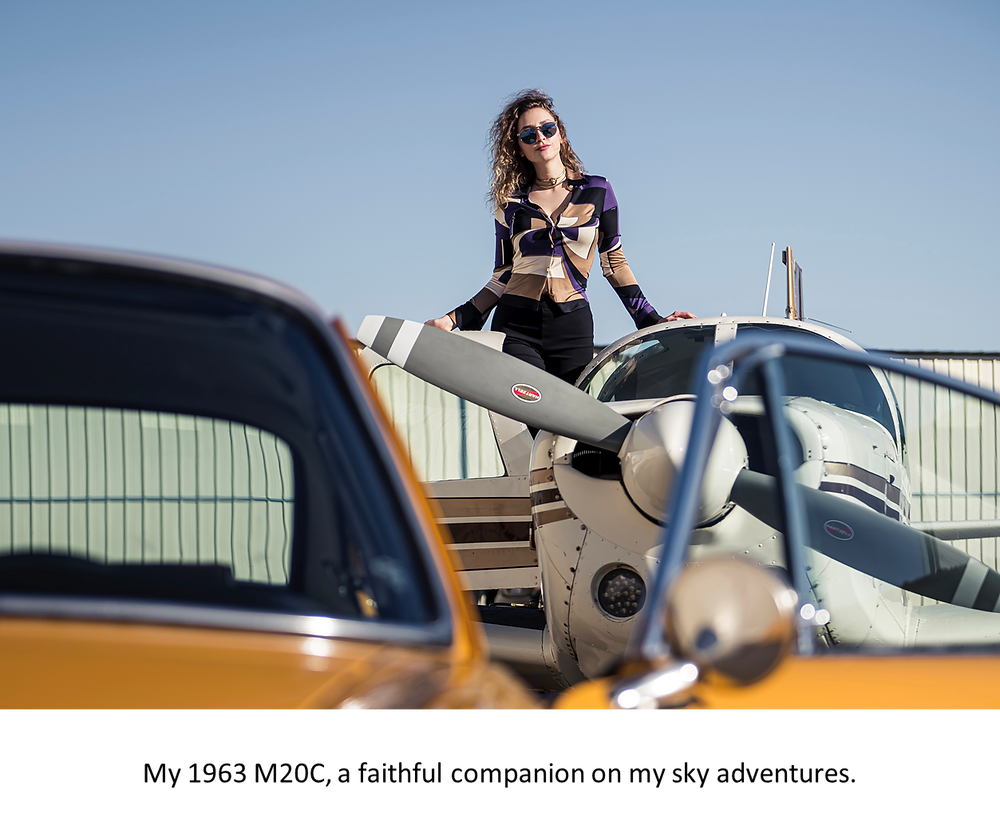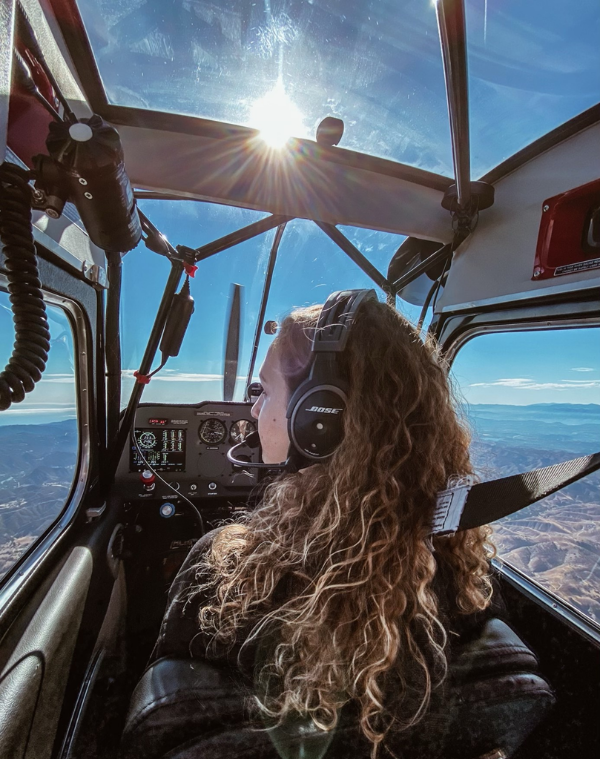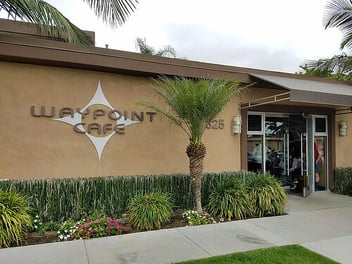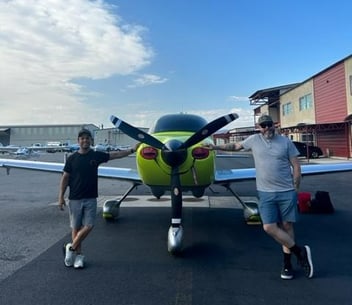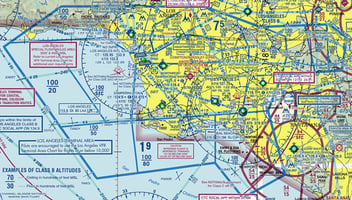To buy or not to buy...
There comes a time in the life of any pilot when they are faced with a serious dilemma, to buy or not to buy, to invest, perchance leaseback? Shakespearean cheekiness aside, this is a question for which there is no right or wrong answer. Each option has pros and cons and can be tailored to suit the unique needs of different aviators.
As an airplane owner myself, I might be partial to the idea of buying an aircraft—not only did it save me money during training, but it afforded me a greater level of flexibility when it came to traveling for pleasure, and for spontaneous weekend adventures with friends.
Additionally, I got to know my plane inside out, and, undoubtedly, became a much better pilot for it. Five years later, I am able to identify every slight change of performance or anomaly with the systems in my aircraft. And what’s more, even though I’m no mechanic, nine times out of ten, I can successfully pinpoint what the problem is and what kind of repair it needs. This type of accuracy in risk assessment translates to heightened safety and a greater peace of mind.
However, knowing my plane like the palm of my hand doesn’t pay the bills. Successful ownership of an aircraft requires objective knowledge of the financial responsibilities you will be facing—only then can you make an educated decision based on practical considerations and not just based on your love for flying (as tempting as that might be). So, let’s examine the least pleasant part of ownership: the costs. The type of plane you choose will determine your initial price point. Here you have plenty of room for thought. For instance, try to define not only your personal preferences, but also your mission—in other words, a realistic assessment of what you are going to use your plane for is essential. Whether or not you are going to use your plane as a transportation aircraft for interstate business trips, cross country family vacations, or just short trips around your home state, can help you decide the size, horsepower/speed and capabilities of the plane you need.
“But,“ you might ask, “what if what I need goes above what I can afford?” Don’t despair just yet. Let’s demystify airplane ownership as a status symbol of the super wealthy. A used or even vintage plane is often a great option if your bank account isn’t up to speed with your needs. Another possibility is fractional ownership—you divide costs and responsibilities with a small group of pilots and each owns a share of the plane. Regardless of purchasing used or factory new, you can put your plane on leaseback with a school. That will cut your costs substantially. Here’s how it works at Clipper Aviation.
Full disclosure, the initial price of an airplane aside, there’s a myriad of ongoing costs that you should consider when deciding if ownership is the right option for you, such as insurance, housing of the plane (hangar or tie-down), ongoing maintenance additional to the annual, fuel, engine oil and overall care and cleaning. Depending on the type of aircraft you have, you might also need to pay yearly GPS database subscriptions. If time is your currency, and you have none to waste, you can opt to put your plane on a management program that takes care of all maintenance for you, albeit for a fee. At Clipper Aviation we offer a comprehensive management program that significantly reduces ownership hassles, leaving you with more free time to fly. Check it out here. Other one-time costs associated with ownership are sales tax (which vary depending on which state you register the plane); pre-buy inspection (it applies only for used aircraft. It is normally done by a mechanic, and it includes a thorough assessment of the plane’s condition, plus thorough inspection of the log books); and ferrying costs, if you buy your plane out of state.
Does this all sound a bit too much for you? Then renting might be your best option. You bypass the big commitment, and you have access to a variety of planes that can match both your fancy and your pocket with none of the responsibilities of ownership. The only rub is, to make sure you rent from a place that doesn’t cut corners when it comes to the maintenance of their fleet. Notwithstanding if you are an owner or a renter, safety should always remain your paramount concern. Most reputable aviation schools have a fleet of planes available for rent that will suit the needs of the most discerning aviators. Click here to look at Clipper’s options and price list, we even have a membership program and block rates that will offer you further savings and benefits. Or, if you are near Van Nuys, pay us a visit! It’s free and you’ll get to meet a welcoming, happy-to-chat community of flying aficionados.
To buy or not to buy, doesn’t need to be a daunting question. Not for a pilot anyway. We have an advantage over Hamlet—we are good with checklists.
Stay safe, and I’ll see you in the skies.
